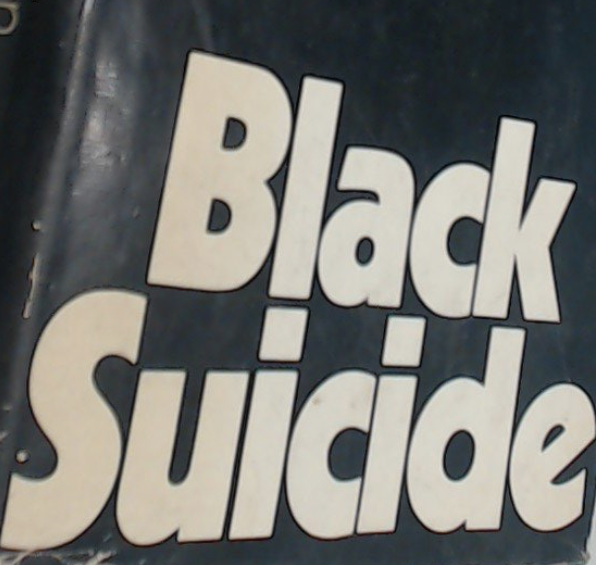Under title ‘Moral Atonement’ this was review of Black Suicide by Herbert Hendin was published in New Society 23 April 1970.
“Grief,” wrote a Harlem boy, “is a gigantic snake ever squeezing until there is nothing nothing at all left for your very soul to grasp onto. You just know that you want to escape, escape into reality which in reality is not reality the only escape is to do something to yourself, something that will hurt not only you but someone else as well, you must, it’s the only way to find guidance out of this unreal world.” (The Man Nobody Knows, edited by S. M. Joseph.) The same obsessive quality of despair pervades the histories of the 25 black patients whom Dr Hendin has examined in this study. And however much their stories may vary in the particular, the recurring theme is “the Negro condition” in urban America. It is not from such a cultural bias, however, that Hendin sets out to explore the nature of black suicide. On the other hand, he does not, like some of the more intrepid followers of Durkheim, blind himself to the relevance of cultural factors in the assessment of psychosocial problems. Already, in a study of suicide in Scandinavia, he had discovered that “suicide patients were an excellent barometer” of cultural pressures. In the present work, he probes yet further into this concept and throws up, in the process, a searing picture of the rage and anguish that rose to a crescendo in the shrill cry of “Burn, baby, burn.”
The patients whom Hendin has subjected to analysis (methodology, mercifully, is relegated to an appendix) are both men (13) and women (12) of varying age groups. And although their case histories transgress chapter headings the categories within which Hendin examines them help to explain not only the nuances of suicidal behaviour but some statistical misconceptions as well. Thomas Pettigrew, for instance, in his book: A Profile of the Negro American, accounts for the higher suicide rate among whites by contributing to the thesis that Negro aggression is “more often turned outward in the form of homicide than suicide.” Hendin. relating suicide to age groups, shows, more significantly, that its incidence between the ages of 20 and 35 is far higher among the blacks than among the whites. But the disproportionately larger number of suicides among whites over the age of 45 makes forgreater overall white figure. The relation of black suicide to homicide, Hendin found was not an inverse one-and underlying it was “the central common factor of the attempt by the young black population to deal with its rage and violence.”
Motivation differs, too, as between the whites and blacks of the older group. Whereas the blacks resort to suicide in a spirit of “moral atonement” for the failure to contain any longer the rage of years, the whites turn to it in moments of achievement failure.
The chapters on “Suicide and male homosexuality” and “Women and suicide” are particularly significant for the light they throw on the Negro family. Moynihan, now author of the theory of “benign neglect,” had alleged that the “tangle of pathology” characterising the Negro community sprang from “the deterioration of the Negro family.” Hendin, in his scrupulous examination of the patients, shows instead that the white culture’s “overt rejection of the Negro reinforces feelings of rage and worthlessness.. . that the culture, operating through the family, has insidiously helped toproduce.” The man, accepting white society’s image of himself as “the quintessence of evil,” kept from playing his male role as provider for the family, hates himself, his race his sex. The woman, neglected by her mother, unavailing of father or husband, is held in a double bind of wishing to do better by her children and being handicapped byher own experience. The process is cumulative, the situation inextricable, and life itself is more to be feared than death.

